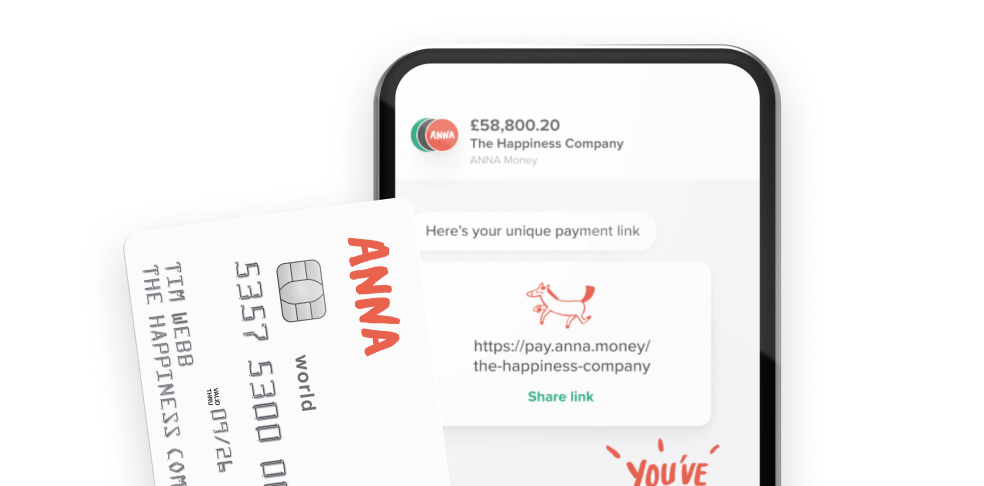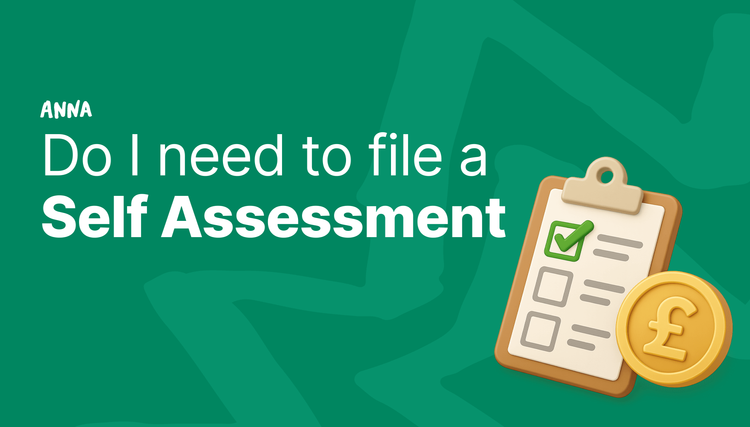Salary and dividends – what’s the difference?


As a company director, you may want to think about the most tax efficient way to pay yourself income from your business. You have the option to pay yourself a salary or pay yourself in dividends. But what difference does it make to your tax? Well, each type of income attracts a different rate of tax, which influences the amount of tax you are required to pay to HMRC. By considering how best to pay yourself and how much, you can save on the tax you end up paying.


So, what is Income Tax?
Income Tax is a tax you pay on your income. This can be on income from your employment or income gained via dividends.
PAYE
Most people pay Income Tax through PAYE, based on the salary paid for their employment. This is when your employer deducts Income Tax, National Insurance contributions and pension contributions from your salary before paying you. It’s all broken down in your payslip so you can see exactly where your money is going.
The standard Personal Allowance for income is £12,570 for the 2025/26 tax year, which is the amount of income you do not have to pay tax on. Any income you make above this allowance will incur a rate of Income Tax.
But once your income exceeds £100,000, then the personal allowance is decreased.
The amount of Income Tax deducted from an employee’s income depends on their tax code and how much of their taxable income is above their Personal Allowance.
PAYE tax rates and thresholds
England and Northern Ireland - 2025/26
| PAYE tax rate | Annual earnings the rate applies to (above the PAYE threshold) |
|---|---|
| Basic tax rate (20%) | Up to £37,700 |
| Higher tax rate (40%) | From £37,701 to £125,140 |
| Additional tax rate (45%) | Above £125,140 |
Source: www.gov.uk
Dividends
Dividends is an income which is distributed from the profits a business makes. It is different from salary income which is not only paid from profits.
A good point to note is that if a business does not make profits, it’s not possible to pay dividends to a company director.
Dividends have their own personal allowance. You only pay tax on any dividend income above the dividend allowance, which is currently £500 for the 2025/26 tax year.
The rate of tax you pay on dividends is different from the rate you pay on your Income Tax based on your employment income.
Once you have exceeded £2000 in your dividend income, you need to calculate your total income from salary and dividends. Once you have done this, you will know which tax band you fall into, and you can identify which tax rate will apply to your dividends income.
How much tax you pay
| Tax band | Tax rate on dividends over the allowance |
|---|---|
| Basic rate | 8.75% |
| Higher rate | 33.75% |
| Additional rate | 39.35% |
Source: www.gov.uk
What about National insurance?
In addition to Income Tax, you will make a contribution to National Insurance on the income you make. As of the 2025/26 tax year, the employee National Insurance rate is 8%, and the employer rate is 15%.
NIC thresholds
There are different ‘classes’ of National Insurance (NI). The class people pay depends on their employment status and how much they earn.
Employers and employees pay Class 1 National Insurance, depending on how much the employee earns.
Weekly thresholds

Monthly thresholds

Source: www.gov.uk
NIC explained:
LEL – if an employee earns below the Lower Earnings Limit (£6,396 annually), they do not make NIC
PT – Primary Threshold is £12,570 annually; employees start paying 8% NIC above this amount
ST – Secondary Threshold is £9,100 annually; employers start paying NIC at 15% above this amount
UEL – Upper Earnings Limit is £50,270 annually; NIC rate above this drops for employees
UST – if an employee is under 21, the employer doesn't pay NIC until earnings exceed £50,270
So if you consider the different rates of tax applicable to your salary income and dividend income, you can efficiently save tax you need to pay on your income!
Read the latest updates
You may also like
Open a business account in minutes



![How to Start a Currency Exchange Business in the UK [Guide]](https://storage.googleapis.com/anna-website-cms-prod/medium_Cover_3000_Landscaping_Business_Names_Creative_Name_Ideas_daad2f9e2a/medium_Cover_3000_Landscaping_Business_Names_Creative_Name_Ideas_daad2f9e2a.webp)




![140 Creative Tutoring Business Names [Ideas & Examples]](https://storage.googleapis.com/anna-website-cms-prod/medium_Cover_3000_Landscaping_Business_Names_Creative_Name_Ideas_d7964059b3/medium_Cover_3000_Landscaping_Business_Names_Creative_Name_Ideas_d7964059b3.webp)

![How to Start a Self-Employed Business in the UK [Guide]](https://storage.googleapis.com/anna-website-cms-prod/medium_Cover_3000_Landscaping_Business_Names_Creative_Name_Ideas_fe5b6edef1/medium_Cover_3000_Landscaping_Business_Names_Creative_Name_Ideas_fe5b6edef1.webp)
![How to Start an Electrician Business in the UK [Guide]](https://storage.googleapis.com/anna-website-cms-prod/medium_Cover_3000_How_to_Start_a_Car_Detailing_Business_Successfully_74488a6268/medium_Cover_3000_How_to_Start_a_Car_Detailing_Business_Successfully_74488a6268.webp)






![How to Start a Bakery Business in the UK [2026 Guide]](https://storage.googleapis.com/anna-website-cms-prod/medium_Cover_3000_How_to_Start_a_Copywriting_Business_from_Scratch_e47ea6b2a6/medium_Cover_3000_How_to_Start_a_Copywriting_Business_from_Scratch_e47ea6b2a6.webp)






